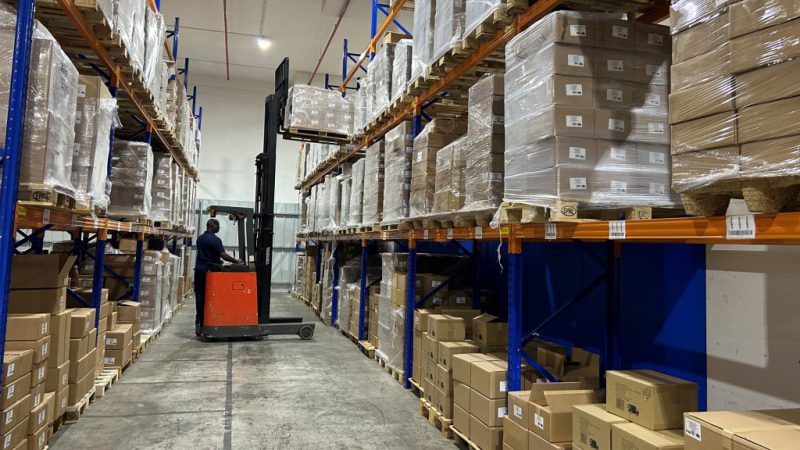The logistics sector has undergone a profound transformation in the last decade, thanks to significant technological advancements that have revolutionised its operations. The outbreak of the Covid-19 pandemic further accelerated this process, with technology playing a critical role in enabling the industry to quickly adapt to the “new normal” of remote work and contactless deliveries. As a result, logistics companies have become more agile, efficient, and responsive to the ever-changing demands of the modern market, driving growth and innovation across the entire supply chain.
At Seabourne, we have embraced technology to improve efficiency, reduce costs, and enhance customer service. Real-time tracking, predictive analytics, and cloud-based platforms have become the norm, providing end-to-end visibility, improved customer experience, and faster response times. In addition, digitalisation has facilitated the transition to paperless processes, reducing the environmental impact and increasing speed and accuracy.
Staying ahead of the game
Real-time tracking has become an essential expectation in today’s fast-paced world. Knowing the exact location and estimated delivery time of one’s goods is crucial for efficient planning and operations. Gone are the days of sending a package and hoping for the best, only to be surprised by its arrival. With real-time tracking, customers can proactively manage their shipments and we can ensure a smooth delivery process.
Apps such as our Transport Management System (TMS) solution have been designed to trigger automatic actions, based on every registered event. For instance, when a delivery is scanned as “out for delivery,” the system automatically sends an email notification to the consignee, letting them know when to expect their package. By building architecture that leverages the latest technologies, we can improve communication with our customers and provide them with real-time visibility into the status of their shipments.
The evolution of real-time tracking and last-mile delivery has been remarkable. Using the TMS, customers can, for example, also track the driver’s location and estimated time of arrival – all the way to their doorstep on the day of delivery. The app sends an SMS notification to customers with a link to a map, displaying the driver’s current location. Once the package is delivered, customers no longer have access to the driver’s route.
The importance of ongoing development
We are constantly exploring new ways to enhance our technology offerings. As part of our future developments, we are excited to introduce an interactive WhatsApp/SMS feature for our consignees. Unlike the current system that only provides notifications on the driver’s progress, this new feature will allow customers to not only provide direct feedback, but also take control of their deliveries. With a unique access code, customers can reschedule their delivery or provide specific instructions to the driver – in real time. We believe this interactive feature will further streamline our delivery process and provide our customers with even more convenience and flexibility.
Delivering visibility
We are currently developing a connectivity platform in the form of a data warehouse at Seabourne. This warehouse will integrate all of our local and international systems, allowing for seamless communication between various entities. With the implementation of a customer portal, users can access their parcel information in one single space through a single sign-on. The data warehouse will provide customers with an even more comprehensive view of their package, no matter what information they are seeking.
Data analytics has also been an essential technological advancement in running our business. With Business Intelligence (BI) and Artificial Intelligence (AI), we can analyse and interpret data from various sources to gain insights into customers, internal teams, and hidden patterns. This helps us identify trends, maintain our competitive edge, and improve operational efficiencies. Cloud computing provides immense opportunities for data processing and exchange in any environment, eliminating the need for physical infrastructure on-site. This not only maximizes efficiencies, but also provides real-time insights, reduces the cost of expansion and maintenance, eliminates the need for expensive hardware, enables easier integrations, and enhances visibility.
Finally, automation and digital transformation has been instrumental in helping us achieve our goals. By changing our mindset and adapting to new technology, we have been able to run our business differently, improving our operations, and enhancing customer relationships.
At our company, we deeply understand the critical role that technology plays in modern logistics. That’s why we are committed to staying up-to-date with the latest technological advancements and integrating them into our operations to ensure that we deliver the best possible service and experience to our customers. Technology is not just a tool, but is now a key driver of efficiency, cost-effectiveness, and customer satisfaction in the logistics industry.



